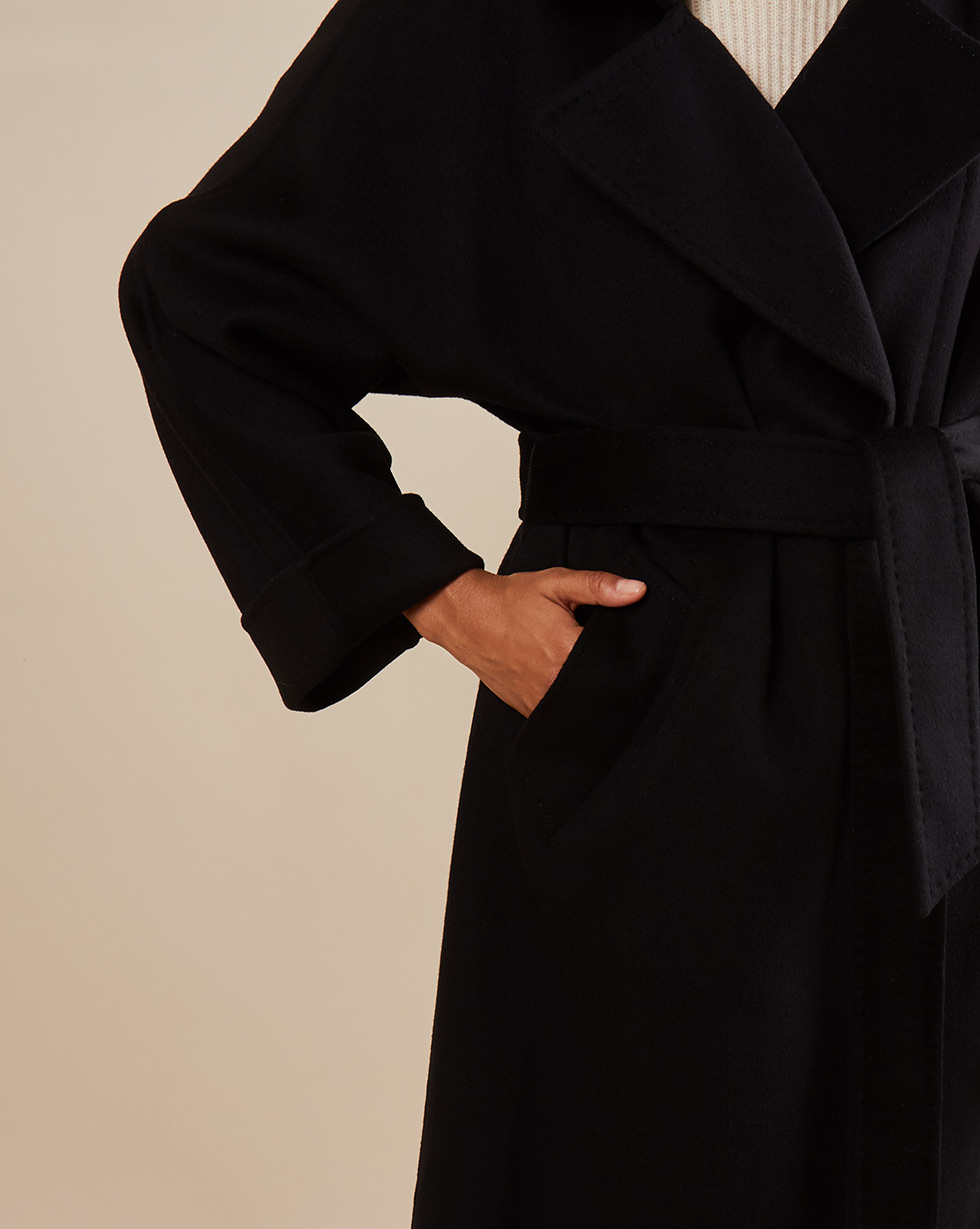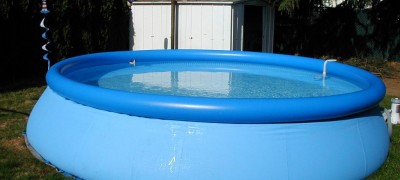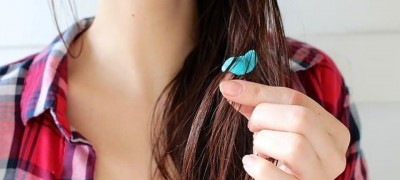Cleaning your coat at home
It is recommended to dry-clean the coat after the season. But sometimes you can do with home methods to put the product in order.

How to prepare your coat for cleaning
Cleaning a coat is a procedure that requires a certain sequence of actions. In order for your efforts to be crowned with success, and the thing to serve for more than one season, you need to properly prepare the product for home procedures.

- Get all the little things, papers, and receipts out of your pockets. Sometimes a ballpoint pen accidentally left behind can do a lot of damage and add work. And then the coat will definitely have to be dry-cleaned.
- Shake out dust accumulations. This will help avoid accidental smudges while removing stains.
- Hang the item on a hanger for a closer look. Mark all blemishes, damage, stains and contaminated areas.
- Examine the lining carefully, it may also need to be repaired.
- Use a clothes brush to clean dry dirt from the garment.
- Read the care instructions for the item on the tag.
- Identify an inconspicuous area on which you will test the cleaning agent.

How to properly clean your coat
When you have prepared the product for cleaning, eliminated all visible imperfections and dry dust, it's time to start more thorough cleaning procedures.

Cashmere
Examine the material composition of your cashmere coat. It can be natural wool from Kashmiri goats or a substitute for wool. Cleaning a cashmere coat at home requires accuracy and knowledge of the intricacies of care.

It is not recommended to clean the product made from natural cashmere at home. As a last resort, you can easily walk with a natural bristle brush, hand wash or machine wash with liquid detergents at low temperatures.

Dry the coat on a horizontal plane, carefully spreading sleeves and other details so that no creases are formed. If your cashmere product is composed of man-made fibers, follow the recommendations on the tag.

In any case, it is better to clean the coat zonal, working directly on the stains and traces of dirt.
- Sweat marks are removed with a mixture of equal parts ammonia and glycerin. Apply the composition to the stain for 10-20 minutes and rinse with warm water.
- Fat spots are considered difficult and difficult to remove. Talcum powder will help you, which will quickly absorb fat. Let the dry mixture sit on the cloth for a couple of hours and then gently brush off any residue.
- Sprinkle coffee, wine and tea traces with fine salt. The fresher the stain, the more actively the salt will absorb foreign components. Then clean the area with soapy water, rinse with clean water and blot well with a napkin.

From the drape
Wool fabric differs from other coat materials in thickness due to the two-layer woolen thread.It is difficult to wash such a coat on your own, and even more so to ensure high-quality drying.

Create dry and partially wet cleaning for the drape:
- hang the product on a hanger;
- remove small items and pieces of paper from your pockets, check the buttons and the health of the zipper;
- walk with a dry soft brush in the direction of the pile;
- clean the fabric with a slightly damp brush in the same direction.
Try using a lathering carpet cleaner to remove stains. Apply lather to the stain, wait for the time indicated in the instructions, and remove residue with a soft brush.

If your drape light coat is dirty, Vanish stain remover or homemade baking soda will work effectively. Rub baking soda or powder into the stained area, and then after a couple of hours, brush off the residue with a clothes brush. You can walk on the fabric with a damp sponge dipped in water.
Woolen
A woolen coat requires delicate handling. Such material easily loses its shape, deforms, stretches and forms pellets. It is necessary to clean a wool product strictly according to the rules:
- spread the item on a flat surface;
- clean with a soft dry brush without stretching or touching the fibers;
- Pick up small debris, hair and threads with a sticky cloth roller or velor-coated brush.

It is possible to get rid of stains on a woolen coat, provided that you do not stretch the material and wash it in hot water. Use a mushy mixture of salt and ammonia diluted in a 4: 1 ratio. Apply it on the stain for 5-15 minutes, and then remove the composition with a clean dry brush.

Coats can be washed in warm water with the addition of products intended for wool. And be sure to dry horizontally on a flat surface.
Tweed
A tweed coat is similar in properties and characteristics to a woolen one. It is not recommended to wash the product frequently, and only heavily soiled areas should be cleaned. One of the common problems with tweed garments is chafing, stretching and abrasion of the sleeves, especially around the elbows.

Apply a mixture of salt and ammonia (4: 1) to the damaged area for a minute. Brush off dried composition.
Leather
It is not recommended to wet the skin. With long-term contact with water, the material begins to deform and warp. Also, the skin should not be crumpled, twisted or otherwise mechanically influenced. This creates cracks and creases that are very difficult to get rid of.

If the material loses its gloss, it helps to lubricate the product with baby cream and leave it overnight. When you get caught in snow or rain, white salt streaks may remain on things. They can be removed with table vinegar.
Suede
A suede coat requires attention and care. It is a delicate fabric that is easy to ruin. You can clean your coat at home without washing by following the recommendations on the product tag. Purchase a special suede brush.

You can not clean the product against the lint, this gives it a sloppy look. If you get caught in the rain, getting rid of salt streaks is quite difficult. At home, you can try to erase whitish spots with a regular eraser. If that doesn't work, repeat the process with a crust of rye bread. Then press the lining side of the garment with a hot iron.
How to remove the pellets
The spools spoil the look of any product, make even a new thing unattractive and sloppy.Getting rid of the pellets is easy, just arm yourself with patience and the tools at hand.

- The spools are removed from the long pile with a trimmer. This is a special machine for cleaning clothes, which cuts off all thread growths on the garment.
- It is also easy to remove unwanted parts with scissors. Be careful not to ruin the item.
- The hair comb does a great job with pilling. Just comb them in the direction of the pile growth.
- On dense wool fabrics such as drape, you can shave them off with a disposable razor.
- Scotch tape wrapped around your hand is also good at removing clumps of tissue fiber, as well as dust, debris, animal hair and hair.
- Sometimes fine-grained sandpaper helps to remove the spools. But proceed carefully. Do not stretch or tear the fabric.
- If neither method works, it is best to have the item dry cleaned.

How to remove stains
How do I get fresh and stubborn stains off my coat? There is a universal remedy for removing dirt on coat fabric. To do this, mix a spoonful of ammonia and dishwashing detergent in a glass of water. Apply the mixture to the contaminated area, rub lightly and rinse with clean water. This formula removes most visible stains, including coffee, juice and wine.

If a grease stain gets on the material, cover it immediately with a dry paper towel. Let it absorb the fat. Then change paper, put in place of dirt and iron with iron. This will help "pull out" the remaining fat and greasy components from the fibers of the fabric.

Hydrogen peroxide is as effective against stains as possible. The product does not spoil the material and perfectly removes dirt.
Coat care rules
In order for the coat to be worn for a long time and not to lose its attractive appearance, it is necessary to take care of it while wearing it.

- Try not to get your coat wet. If you are caught in heavy rain, be sure to dry the material well. Place the garment between two terrycloth towels to absorb moisture. Then leave to dry in a horizontal position.
- Do not carry heavy objects in your pockets, as this pulls down the fabric and deforms the model.
- Remove stains, dirt and fluff in time. Do not allow dirt to dig into the fabric and get greasy.
- If you are soaking or washing your coat with detergent, wait until the detergent is completely dissolved. Washing should be as gentle as possible in relation to the fabric.
- Follow the care instructions on the product label.
- At the end of the season, after wearing, try to dry-clean your coat for prevention.

All the rules for the care and removal of stains on the coat fabric depend on the composition of the material. Follow the basic recommendations, and your favorite thing will look like new for more than one season.
Video: how to clean a coat at home?









